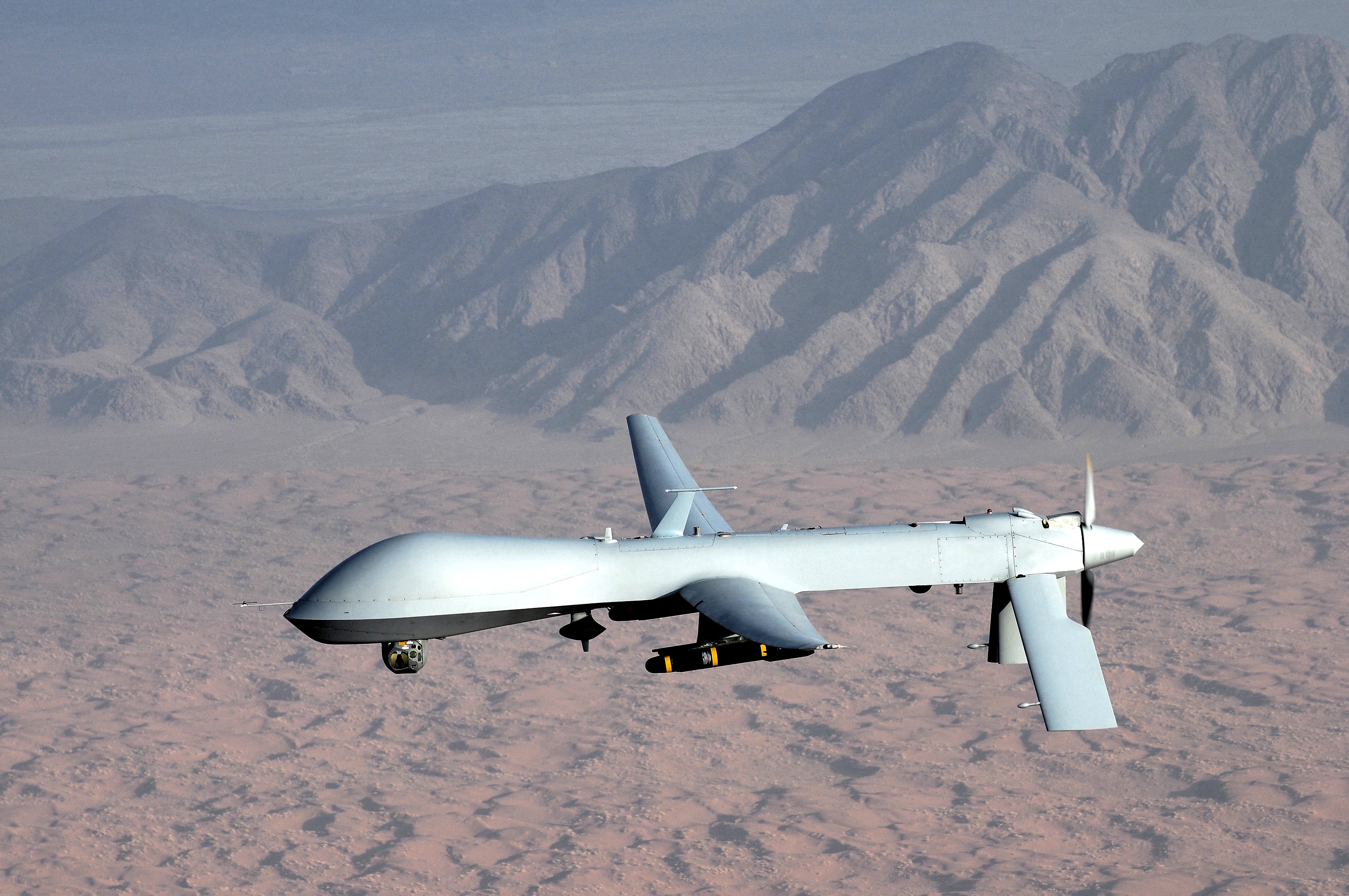This book was an interesting look at Apple from a design
side and did a good job of explaining how the culture and decisions they have
made, have led to huge successes and to some of their failures. It’s important
to keep in mind that the author, Leander Kahney, is also the editor and
publisher of a blog titled ‘Cult of Mac’, and therefore is very informed, but
also biased, when it comes to all things Apple.

He starts off by talking about Jony Ive, and how his
childhood and education has brought him to such a place of prominence today. Ive
was born in England, and he learned a lot from his father, who loved design and
constantly encouraged him. At a young age his talent was obvious and he would
build scores of models and prototypes. Ive had a talent for adding tactile
elements to his designs, and often used the colour white, which would
eventually become significant for Apple. He also focused on simplicity and
minimalism, and was very interested in humanizing technology. His starting point
for designs was always what something SHOULD be. Ive also understood that style
had a corrosive effect, aging a product before it’s time if it’s design went out
of style. He often got upset when his work was ruined by the people he was
working for, and he disliked consulting because he couldn’t see projects
through to completion.
His interest in Apple grew when he noticed that they gave
personality and meaning to technology that was still being treated as though it
were anonymous. A man named Robert Brunner tried 3 times to get Ive to join
Apple, and he finally succeeded. He was the man who set up the design studio at
Apple, hired the talent, and when he left, he recommended that they promote
Ive, which they did. When Jobs was gone, Apple tried licensing out the Mac
operating system because they saw Microsoft successfully doing it, but it
failed for Apple. When Jobs returned he said that the goal was not just to make
money, but to make great products. That’s what convinced Ive to stay with the
company.

Jobs had a new strategy. Apple was going to make 4 products:
a desktop computer for a consumer, a desktop computer for a professional, a
portable computer for a consumer and a portable computer for a professional.
When he first came back, he laid off 4200 people. He decided he didn’t want to
compete in the broader market for PCs because they competed on price, not
features or ease of use, which Jobs viewed as a race to the bottom. He believed
that well designed, well made computers could command the same market share and
margins as a luxury automobile. With Ive’s help, industrial design would be the
centerpiece of Apple’s comeback. Design was not just about how a product
looked, but also about how it worked.
“As industrial designers we no longer design objects. We design
the user’s perceptions of what those objects are, as well as the meaning that
accrues from their physical existence, their function and the sense of possibility
they offer” – Jony Ive. The computer industry had become about product attributes
that you could measure empirically (very inhuman and cold), but Ive wanted to
design objects that dispensed positive emotions.

The author then begins to talk about each of the Apple
products under Jobs and how they led to the Apple products we see today. First
is the iMac, which they decided would be the first all in one PC, built with
focus and simplicity. During the summer leading up to the release of the iMac,
Apple spent $100 million on advertising. The iMac launched ‘translucence’ as a
product trend. Apple then focused on the PowerBook, which was a laptop designed
for professionals. They were the first to recognize the potential of USB and Wi-Fi,
and also incorporated a magnetic latch (buttons and latches that make a design
pop are called jewelry), which would become very standard for Apple. Then there was the Power
Mac Cube, which represented breakthroughs in manufacturing techniques and miniaturization,
eventually leading to the Mac Mini. The design team challenged every preconceived
notion about every material. Toshiba then came up with a 1.8” hard drive that
could hold 5GB (1000 cds), which allowed the iPod to be possible. The iPod was
the first product where they thought about packaging.

“If there was ever a product that catalyzed Apple’s reason
for being, it’s this (iPod), because it combines Apple’s incredible technology
base with Apple’s legendary ease of use with Apple’s awesome design. Those 3
things come together in this, and it’s like, that’s what we do. So if anybody
was ever wondering why Apple is on the earth, I would hold this up as a good
example” – Jony Ive.
The author then talks about where Tim Cook fits into the
picture. He originally worked on an Enterprise Resource Planning (ERP) system and
reduced inventory on hand to 2 days. He sold off Apple factories to increase
profit margins, and his team figured out how to produce the products in their
millions and deliver them all over the world, on time and in utmost secrecy. This
allowed Apple’s designers to do more. They started to work on a unibody
process, where products could be made out of one piece of metal. Machining is
the way to make the best parts possible, the pinnacle of refinement and
precision, but it takes time and money.

The author then delves into how Ive and the design team
started to be involved in designing the software side of things too. It’s
presumed that Scott Forstall lost a power struggle with Ive in 2012 and was
fired, allowing Ive to become the head of hardware and software (the creative
side). The biggest disagreement he had with Forstall was about skeuomorphic
design, which basically means graphic interfaces that resemble real world objects.
The user interface conventions looked like their real life counterparts (ie. Bookshelves
for ebooks). It allowed neophytes (beginners, newcomers) to be immediately familiar
with an unfamiliar device. Problems started because Jony didn’t like
skeuomorphism, and because Apple started to get criticisms that it was ‘tacky’,
which put Forstall in the line of fire. This is why iOS 7 is drastically different
than previous operating systems. It had Jony’s minimalism, stripping away anything that was unnecessary. It was also infused with a deep appreciation for print
graphic design (ex: typography=Helvetica Neue). Ive believed that hardware
changes could only be incremental, not fundamental, at this point. Software was
the new design frontier and Ive wanted to be a part of that.

Ive believes that Apple’s goal is not to make money, but to
make great products, and that if you do that, everything will follow. Jobs
always said that focus isn’t a question of saying yes to projects, it’s saying
no. Under Ive’s guidance, Apple has remained highly disciplined in saying no to
products that are competent as opposed to great. However, Apple no longer takes
risks, generational leaps grow more incremental and the continuity Ive has
brought means the ‘shock of new is gone’. Apple has gone from being the
alternative to the mainstream and that brings with it more challenges. Ive and
his design style are seen as the establishment, as the status quo, and Apple has
to find a new design language if they want to survive. Jony Ive’s new challenge
is to find a new design style for Apple, and essentially, for himself.
Thoughts: I thought this book was a great look at how Apple’s
products came to be the way they are, building a story around how each design
element came to be. Things that users take for granted like magnetic latches,
white products, touch screens, all came to life in Apple’s design studio. I
also learned a lot about design and various terms used when designing. The book
would perhaps be a bit more balanced if it talked about how this shift to a
design focus hurt Apple in some ways. The most recent example of this would be
the iPhone 6 bending, which I would guess is due to engineering having to give
up some things to make the design teams designs come to life.
 This book was a very good read – it offered unique insight
into the mind of a soldier fighting in the Middle East – and Chris Kyle (the
author), has a great way of talking colloquially to the audience, making it
feel like he is telling you his story personally. He has some interesting
stories about the war in Iraq, the way things operate and what the soldiers are
doing on a daily basis. It’s hard to know if his experience is the ‘typical’
experience, considering he was a SEAL, and that he constantly mentions that one
of the main reasons he has so many kills is that he is ‘lucky’, in the sense
that he was involved in many attacks, battles, etc.
This book was a very good read – it offered unique insight
into the mind of a soldier fighting in the Middle East – and Chris Kyle (the
author), has a great way of talking colloquially to the audience, making it
feel like he is telling you his story personally. He has some interesting
stories about the war in Iraq, the way things operate and what the soldiers are
doing on a daily basis. It’s hard to know if his experience is the ‘typical’
experience, considering he was a SEAL, and that he constantly mentions that one
of the main reasons he has so many kills is that he is ‘lucky’, in the sense
that he was involved in many attacks, battles, etc. I thought one of the most interesting things that Kyle talks
about is the strict Rules of Engagement (ROE). They had very strict rules on
when they could and could not shoot enemies, and Kyle talks about how seriously
these rules were followed. He said that every kill is tracked, and there is
extensive paperwork to make sure every kill is legal and following the ROE. I
had no idea that this was the case.
I thought one of the most interesting things that Kyle talks
about is the strict Rules of Engagement (ROE). They had very strict rules on
when they could and could not shoot enemies, and Kyle talks about how seriously
these rules were followed. He said that every kill is tracked, and there is
extensive paperwork to make sure every kill is legal and following the ROE. I
had no idea that this was the case. Interestingly, there are parts of the book written by his
wife. She is incredibly honest, giving insight into what it’s like to be
married to a soldier. It’s also very sad and heartbreaking. She clearly feels abandoned
at times, and who wouldn’t when their husband leaves two days after you give
birth to a child? She states that her order of importance is “God, family,
country”, which obviously clashes with what her husband believes. The uplifting
part is that they tough through it all – through him doing 4 tours in Iraq
before finally retiring and coming home for good. Kyle left the military in
2009, and started his own company, Craft International, which focused on
tactical training for military and police officers. He also worked extensively
with veterans. Tragically, in February 2013, he was killed at a gun range in
Texas by a young veteran with PTSD.
Interestingly, there are parts of the book written by his
wife. She is incredibly honest, giving insight into what it’s like to be
married to a soldier. It’s also very sad and heartbreaking. She clearly feels abandoned
at times, and who wouldn’t when their husband leaves two days after you give
birth to a child? She states that her order of importance is “God, family,
country”, which obviously clashes with what her husband believes. The uplifting
part is that they tough through it all – through him doing 4 tours in Iraq
before finally retiring and coming home for good. Kyle left the military in
2009, and started his own company, Craft International, which focused on
tactical training for military and police officers. He also worked extensively
with veterans. Tragically, in February 2013, he was killed at a gun range in
Texas by a young veteran with PTSD.






















